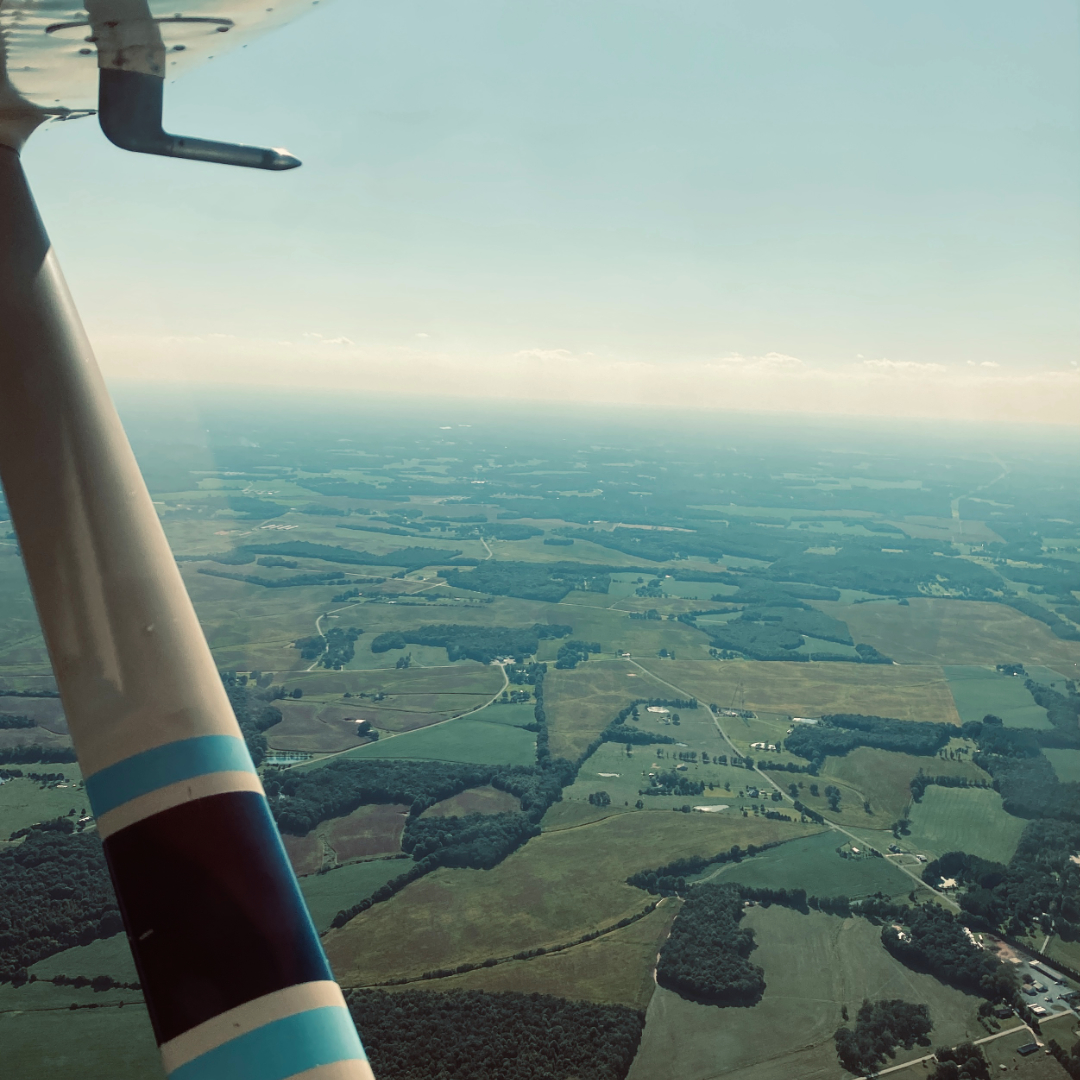General aviation has played a major role in the world of businessmen and businesswomen for many years. Business executives are always on the move and need to be places in a timely manner. Aviation assists in getting business owners and managers to their locations fast and safely. Aviation isn’t solely for the richest of the rich though. The NBAA reports that only about 3 percent of the some 15,000 business aircraft registered in the U.S. are flown by Fortune 500 companies. The remaining 97 percent are operated by other organizations including government agencies, universities, charities, and medium-to-small businesses.
There are over 5,000 public-use airport facilities in the United States, and business aviation reaches 10 times the number of U.S. airports than commercial airlines do. Most of the large U.S. airline carriers only operate to and from roughly 70 major airports, and the number of airports being served by those airlines has declined.
The safety of business aviation is comparable to that of commercial aviation as many aircraft equipment, procedures, safety checks, etc. are identical. Business aircraft account for just 4 percent of the total traffic at the busiest airports that are used by commercial airlines. This is typically due to higher fees, taxes, and other expenses that the big airports request when a plane lands. The commercial airlines are able to operate with profit while still paying the heavy fees, simply due to the volume of flights and amount of paying passengers onboard. Business aviation is also able to get executives closer to the small towns or less populated areas of the U.S. by landing at the airports that are smaller and with less air traffic.
The majority of general aviation business aircraft (59 percent) are used to operate for a business that has fewer than 500 employees. The speciality skills that small businesses present their clients provide for the heavy expense of aviation to be worthwhile. Scheduling plays a major role in business or private aviation as well. Nearly 3 percent of commercial flights are cancelled annually. These delays can cause inconvenience to passengers which can hinder the performance or meeting attendance of business executives. General aviation allows the flights to be on time and to go “wherever, whenever”.
Flying business or private aviation has many positive impacts on the United States. The business aviation industry employs more than 1.2 million people in the United States and contributes $150 million annually to the U.S. Economy, according to the NBAA. Many small general aviation public airports seek business jet traffic as part of their local economic growth and sustainability. These airports rely on air traffic to utilize their facilities to generate income. For the past few years, the busiest airport for domestic business jet operation has been Teterboro, New Jersey (KTEB); seeing nearly double the traffic from its nearest runner-up, according to the FAA Business Jet Report. Not all private aviation is for business, as over 80% of business aircraft owners use their aircraft for charitable and philanthropic purposes, according to ProfileTree.
Argus reports that business aviation fluctuates like many industries, having plummets is some sectors in 2024 and rises in others. Many Middle Eastern-bound business aviation plane traffic decreased in 2024 but appears to have stabilized, indicating a positive sign for 2025.




